Search
Remove Ads
Advertisement
Summary 
Loading AI-generated summary based on World History Encyclopedia articles ...
Search Results
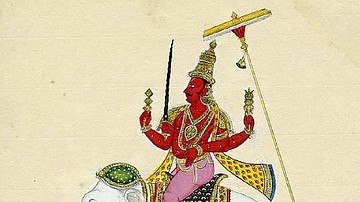
Definition
Indra
The anthropomorphic god Indra was the most important god in the Vedic religion and he later became a major figure in Hinduism and an important deity in Buddhism, Cham and Chinese tradition. For the Aryas he was their national god and he was...

Image
Indra
A 19th century CE print depicting the major Hindu deity Indra riding his white elephant Airāvata and carrying a chisel, sword and thunderbolt indicating his role as king of the gods and bringer of beneficent rain. (British Museum, London).
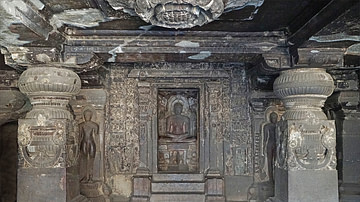
Image
Indra Sabha Cave Temple, Ellora
The Indra Sabha buddhist cave temple (no. 32.) at Ellora, central India. Ellora, a UNESCO World Heritage Site, is a meeting place of Hindu, Buddhist and Jain art philosophies. A large portion of it was built between 6th and 8th century CE.
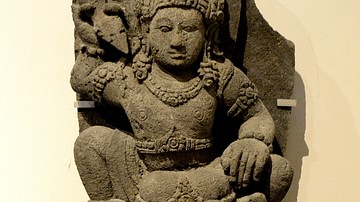
Image
Indra, Java
Indra is the deva (deity, divine, or heavenly) of thunderstorm and rain. He is the leader of the "Devas" and the lord of Svargaloka (heaven in Hinduism). From Java, 11th century CE. (National Museum of Scotland, Edinburgh, UK)

Video
Indra - The King Of Heaven
Indra the King of the demi-Gods is given a brash and heroic character even as his importance diminishes with the rise of the Trimurti in Hinduism. He is also the God of Rain, War, Storms and the ruler of Heaven. Watch the video to find out...

Video
Masterpiece: Standing Brahma and Standing Indra
Brahma and Indra, or Bonten and Taishakuten as they are known in Japanese, were Hindu deities brought into Buddhism as attendants of the Buddha or of bodhisattvas. The Asian Art Museum's Bonten and Taishakuten are the only large-scale, matched...
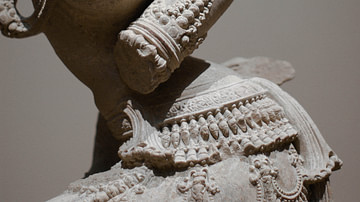
Definition
Apsaras and Gandharvas
In the Vedas, the apsaras are water nymphs, often married to the gandharvas. By the time the Puranas and the two epics were composed, the apsaras and gandharvas had become performing artists to the gods; the apsaras are singers, dancers...
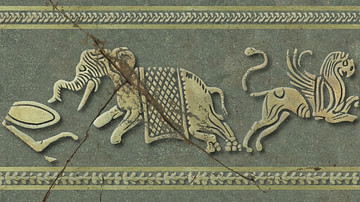
Article
Elephants in Hellenistic History & Art
Elephants were thought of as fierce and frightful monsters in antiquity, very real though rarely seen until the Hellenistic period. They were deployed on the battlefield to strike terror into the enemy, however, since fear was considered...
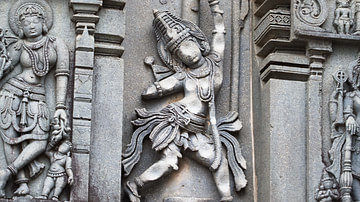
Definition
Arjuna
Arjuna (also given as Arjun) is the great hero of the Indian epic Mahabharata and the philosophical-religious dialogue Bhagavad Gita. His name means “shining”, “silver” and similar terms relating to brightness. He is the most popular champion...
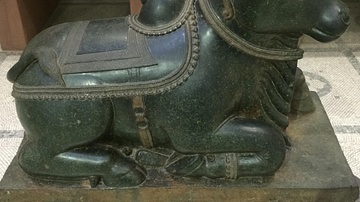
Definition
Nandi
Nandi (also Nandin) is the sacred bull calf, gatekeeper, and vehicle (vahana) of the Hindu god Shiva. Sculptures of Nandi are a common sight at Hindu temples dedicated to his master, and he is partly responsible for the Hindu reverence for...